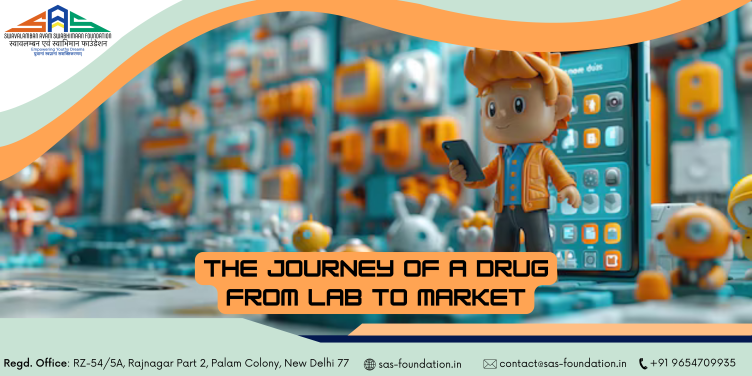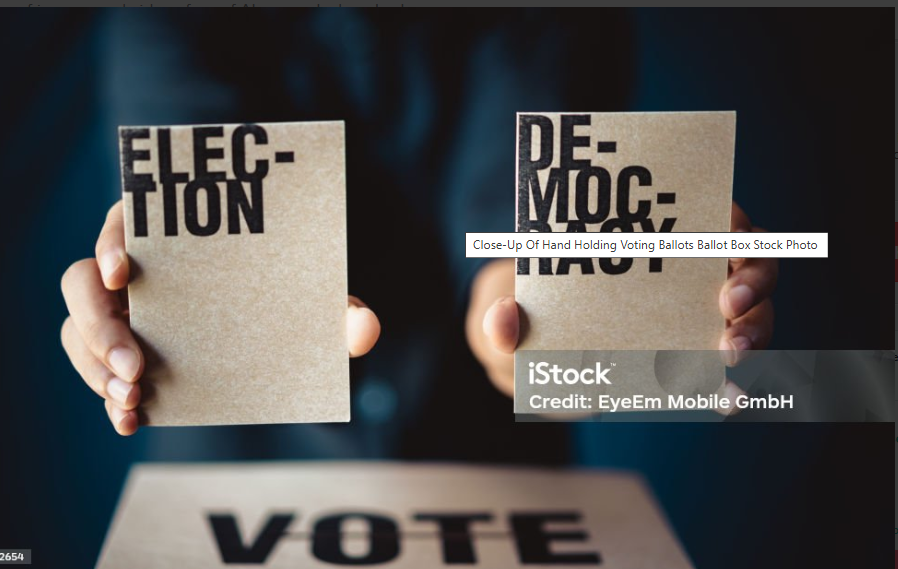Drug Interactions and AI-Powered Alerts: Revolutionizing Patient Safety in the Digital Age
In the ever-evolving world of healthcare, ensuring patient safety remains a top priority. Among the various challenges that healthcare providers face, drug interactions represent one of the most common—and potentially dangerous—issues. Every year, thousands of patients experience adverse drug reactions (ADRs), many of which are due to preventable drug interactions. These reactions can result in serious health complications, hospitalizations, and even fatalities.
With the global healthcare system under constant pressure to improve efficiency and safety, the integration of Artificial Intelligence (AI) into pharmaceutical practices has emerged as a powerful solution. Specifically, AI-powered drug interaction alerts are proving to be a game-changer, transforming how clinicians identify, manage, and prevent harmful interactions between medications.
The Challenge of Drug Interactions
Drug interactions occur when two or more substances react with each other, potentially altering the effectiveness or causing side effects in a patient’s body. These interactions can be pharmacodynamic (affecting the drug’s effect on the body) or pharmacokinetic (affecting how the body processes the drug). Interactions may involve prescription drugs, over-the-counter medications, herbal supplements, or even certain foods.
Traditional drug interaction detection relies heavily on pharmacists’ expertise and outdated software systems that often produce excessive alerts, many of which are false positives. This phenomenon, known as “alert fatigue,” leads healthcare providers to ignore even important warnings due to their sheer frequency.
In such a scenario, there’s a clear need for a smarter, more intuitive system—enter AI.
What Are AI-Powered Alerts?
AI-powered alerts utilize advanced machine learning algorithms and real-time data analysis to identify, flag, and assess drug interactions with greater precision. Unlike traditional drug databases, AI systems can analyze a broader range of variables, such as patient demographics, genetics, concurrent diseases, and real-world evidence, to generate context-aware alerts that are both timely and relevant.
These alerts are integrated into electronic health records (EHRs) or clinical decision support systems (CDSS) to provide real-time support to physicians and pharmacists during prescribing and dispensing.
How AI Enhances Drug Interaction Management
- Real-Time Monitoring & Predictive Analytics
AI systems continuously scan patient records and pharmaceutical databases to identify potential interaction risks even before prescriptions are written. Using predictive analytics, AI models can foresee complications based on past behaviors, diagnoses, lab results, and medication histories. - Contextual Alerting
One major problem with conventional drug alert systems is the lack of personalization. AI solves this by tailoring alerts to each patient’s profile—such as age, weight, organ function, and medical history—making the warnings much more specific and relevant. - Reducing Alert Fatigue
By filtering out low-risk or clinically irrelevant alerts, AI significantly reduces alert fatigue. This means healthcare providers are more likely to act on alerts that are truly meaningful, leading to safer prescribing practices. - Integration With Genomics and Personalized Medicine
With pharmacogenomics gaining traction, AI systems can even incorporate genetic data to predict how a patient may metabolize certain drugs. This precision approach to drug interactions is set to revolutionize personalized medicine.
Real-World Applications & Case Studies
Hospitals and healthcare networks worldwide are beginning to embrace AI-powered drug safety systems. For example:
- IBM Watson Health has collaborated with major hospitals to provide AI tools that help doctors make better prescribing decisions.
- Mayo Clinic is using AI algorithms to predict adverse drug events based on EHR data, reducing hospital readmission rates.
- Health tech startups like MedAware and AiCure are using AI to offer real-time alerts and patient monitoring for safer medication management.
In a study published in JAMA Network Open, researchers found that integrating AI into CDSS reduced serious adverse drug events by over 40%. This proves that the impact of AI goes beyond theory—it’s actively saving lives.
Benefits for Healthcare Stakeholders
- For Clinicians
AI provides clinicians with intelligent, real-time insights that support informed decisions without slowing down workflows. It helps reduce liability risks and ensures that treatment plans are both safe and effective. - For Pharmacists
AI tools serve as a second line of defense, allowing pharmacists to catch issues that may have been missed during prescribing. It also streamlines pharmacy operations and improves patient consultations. - For Patients
Perhaps the biggest beneficiaries are the patients. AI alerts minimize the risk of adverse drug reactions, leading to fewer hospital visits, improved treatment outcomes, and higher satisfaction. - For Pharmaceutical Companies
AI also assists drug manufacturers during drug development. By analyzing real-world evidence and adverse event data, companies can refine their formulations and marketing strategies.
Challenges & Ethical Considerations
While AI offers immense promise, it’s not without challenges:
- Data Quality and Access: The accuracy of AI predictions depends on the quality of data fed into the system. Incomplete or biased data can lead to flawed alerts.
- Patient Privacy: AI systems require access to sensitive patient data, raising concerns around data privacy and regulatory compliance (like HIPAA, GDPR).
- Overreliance on Technology: While AI is a powerful tool, it should augment—not replace—clinical judgment. Healthcare providers must remain actively involved in decision-making.
The Road Ahead: Pharma 4.0 and Beyond
As the healthcare industry transitions to Pharma 4.0, which emphasizes digitalization, automation, and AI-driven decision-making, the role of AI-powered alerts in drug interaction management will only grow stronger. Future innovations may include:
- Voice-activated AI systems for quicker alert responses
- Mobile-based apps for patients to check interactions on the go
- AI chatbots integrated with EHRs for real-time clinician support
- Blockchain integration for secure data sharing and traceability
Moreover, as machine learning models become more sophisticated, they will evolve to not just detect interactions but also predict potential interactions in new drug formulations, benefiting drug discovery and clinical trials.
Conclusion: A Safer, Smarter Healthcare Ecosystem
The integration of AI into drug interaction management marks a pivotal moment in healthcare innovation. With the power to analyze vast amounts of data in real time and deliver tailored, accurate alerts, AI is redefining how we approach medication safety.
By reducing adverse drug reactions, empowering clinical decision-making, and enhancing patient trust, AI-powered alerts are not just technological upgrades—they are life-saving interventions. As we move forward into a digitally driven era of healthcare, the combination of artificial intelligence and human compassion will form the cornerstone of a safer, smarter medical ecosystem.
🔗 Read more stories on healthcare innovation and subscribe to our newsletter: Subscribe on LinkedIn










